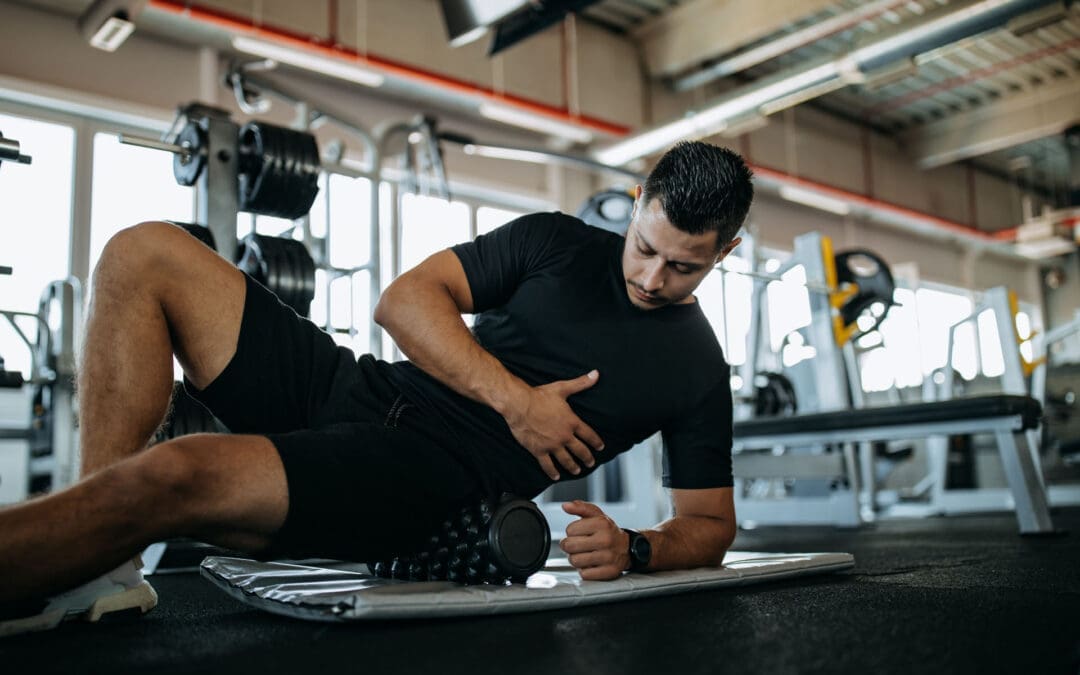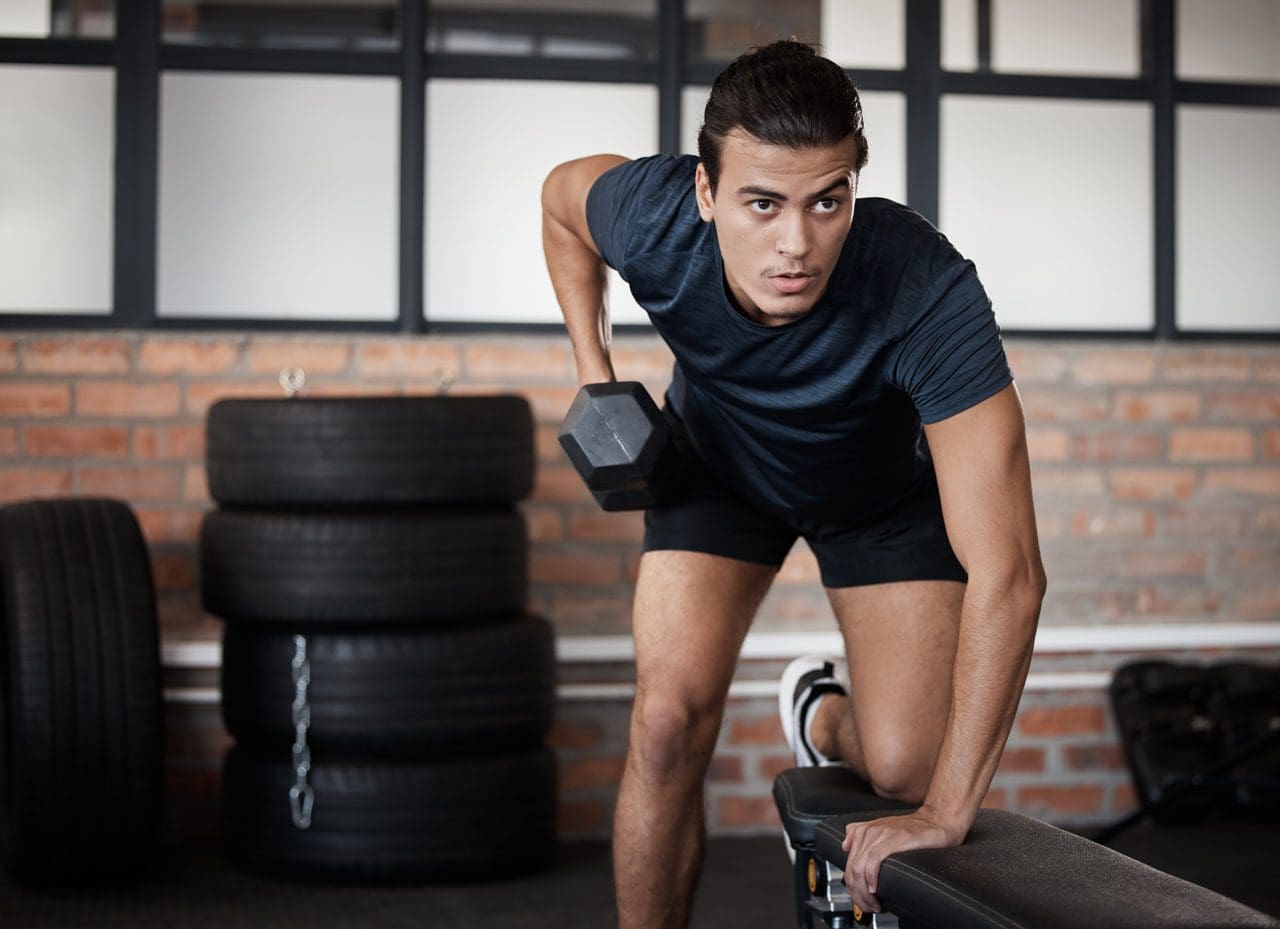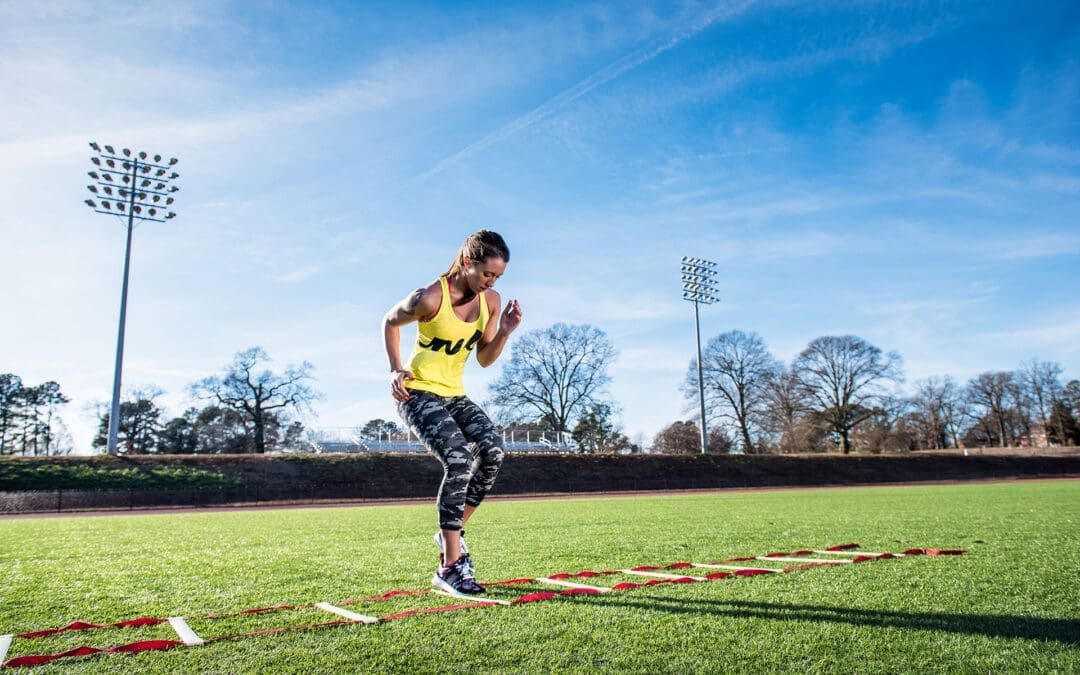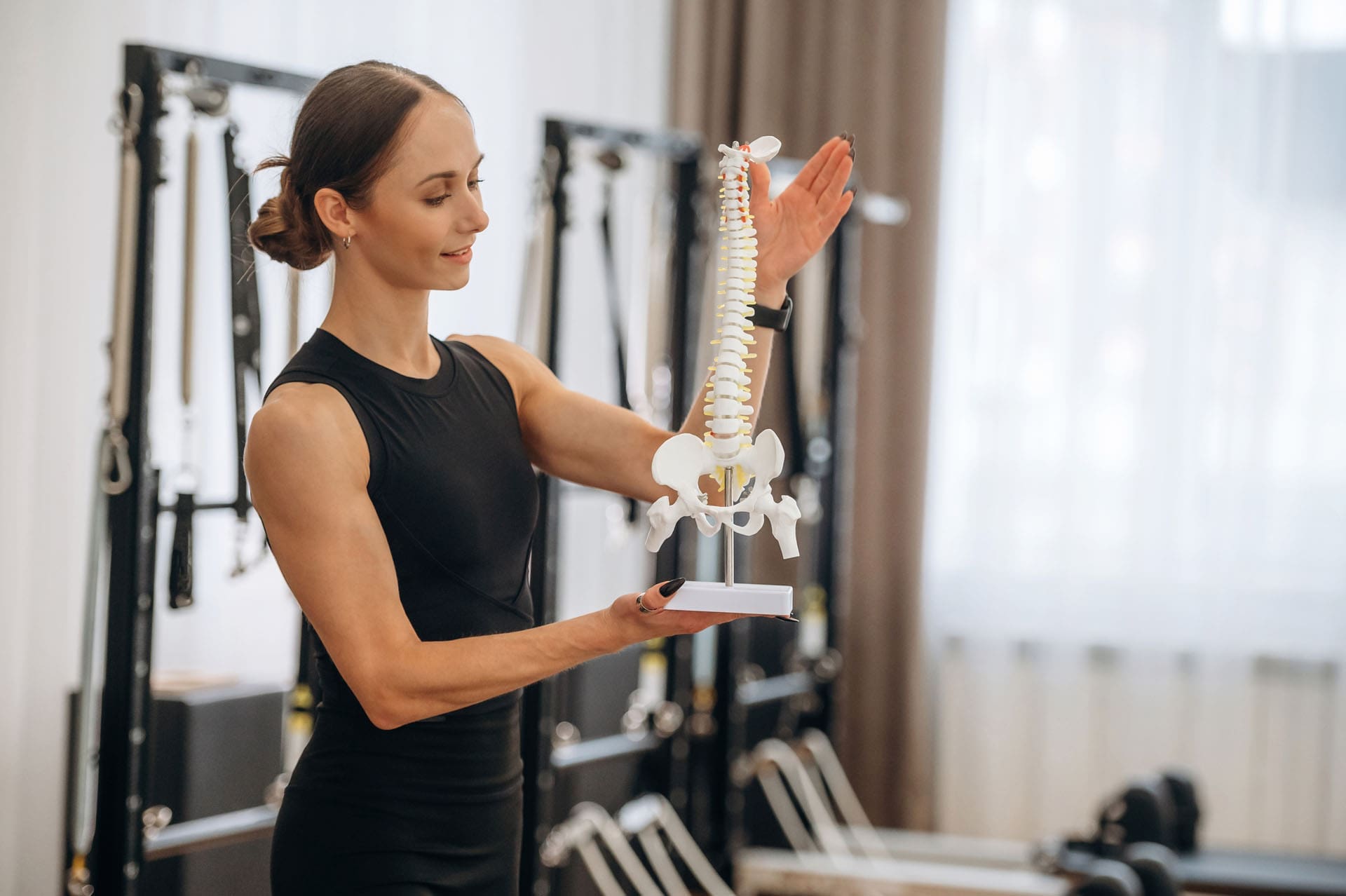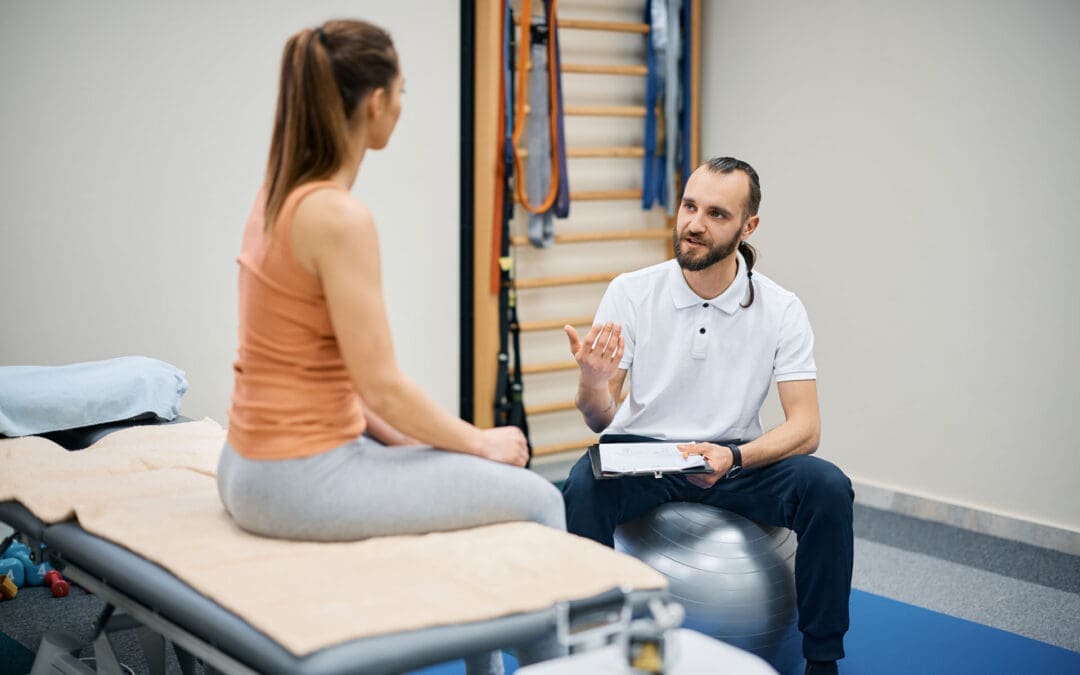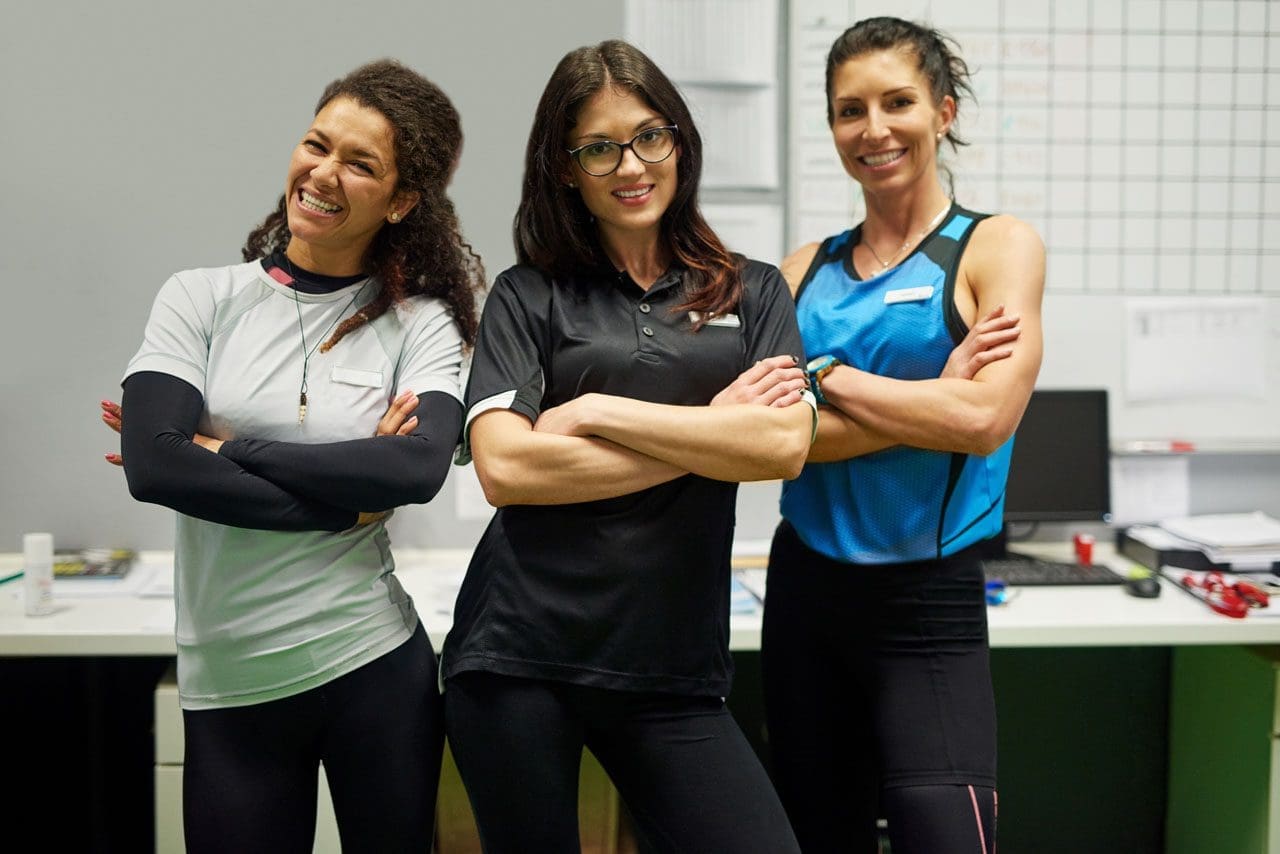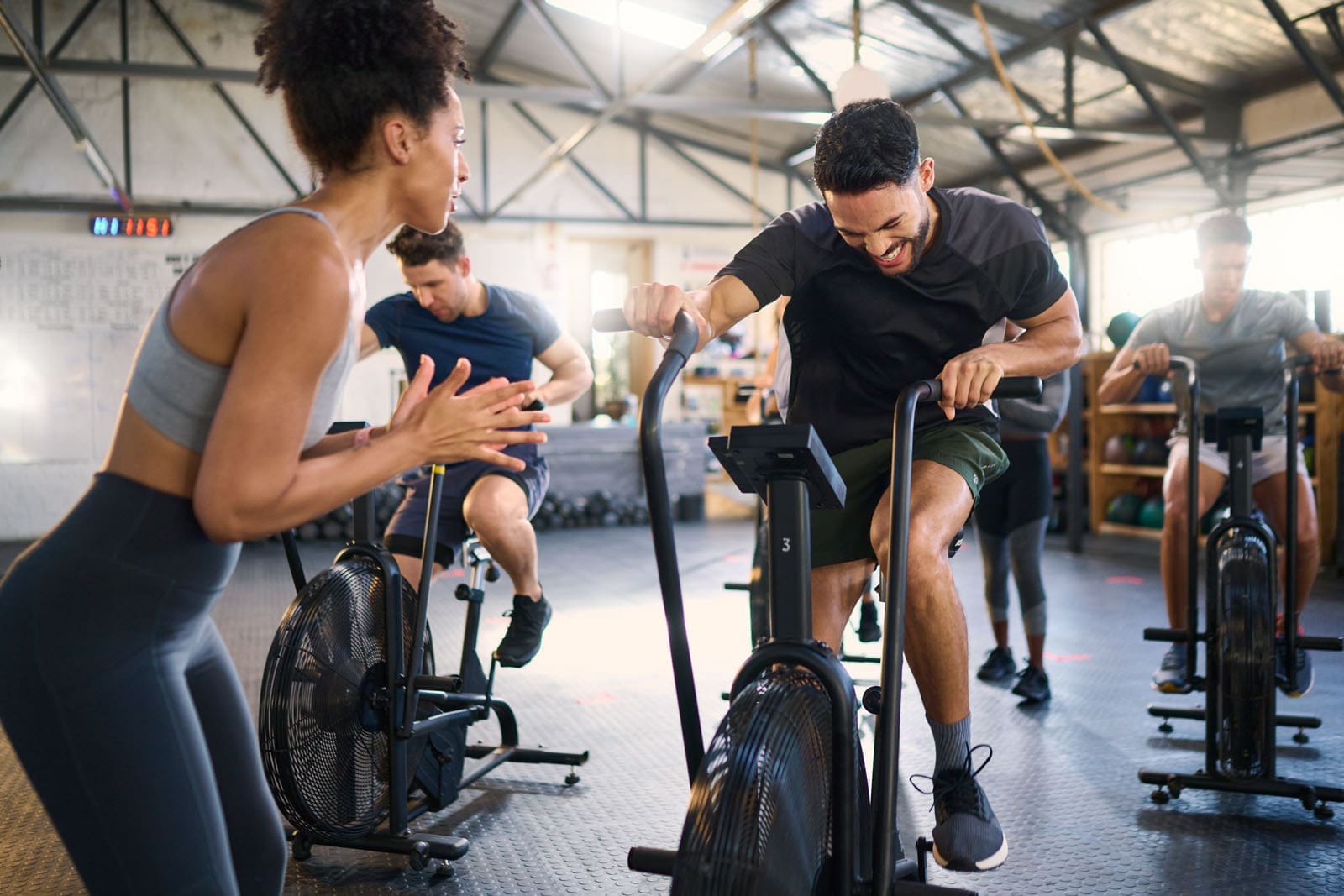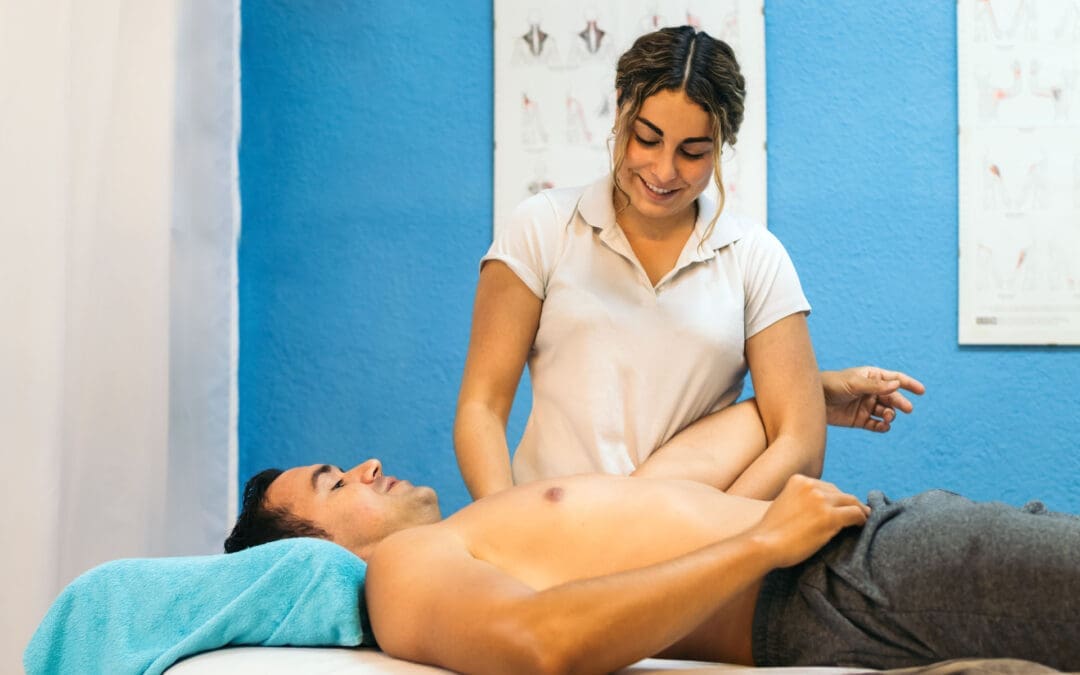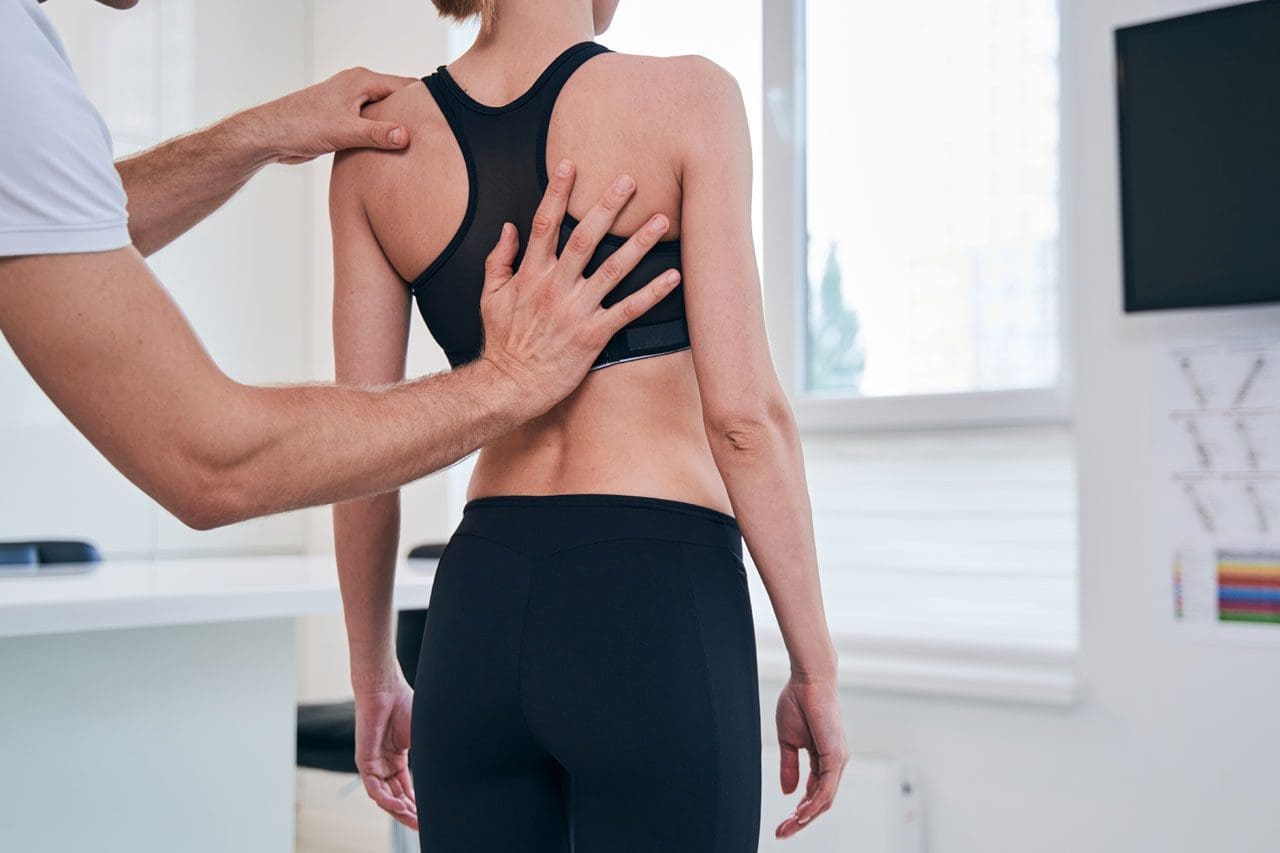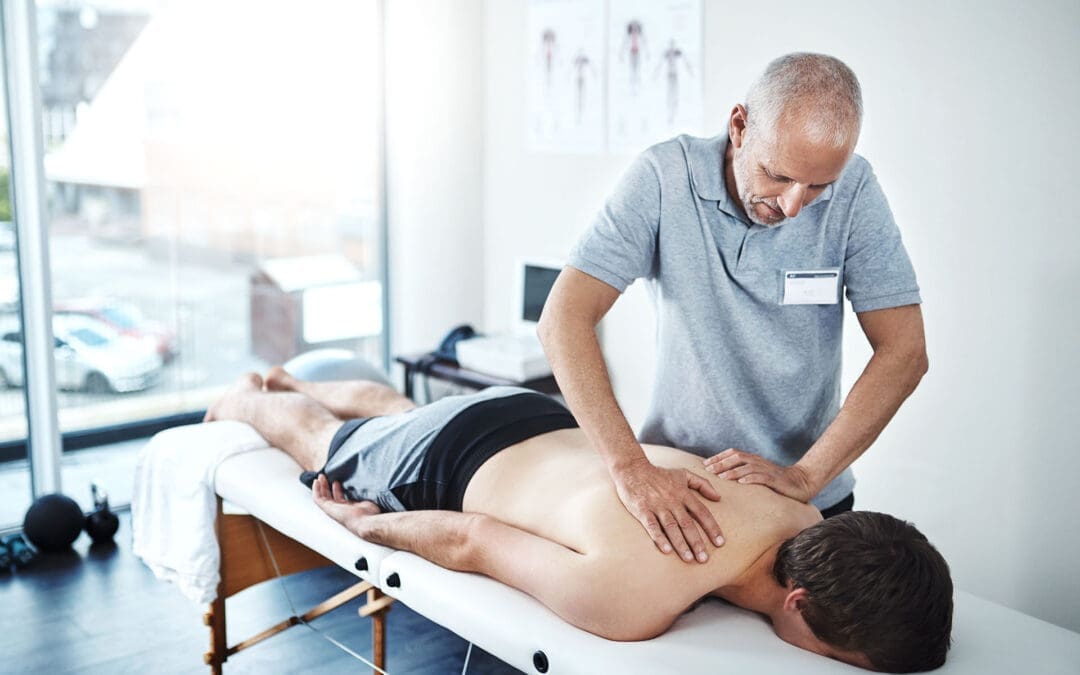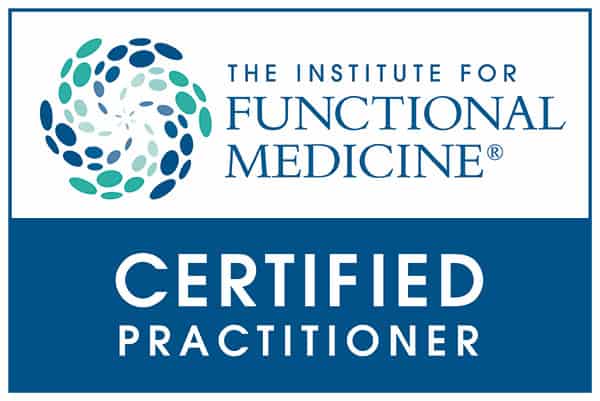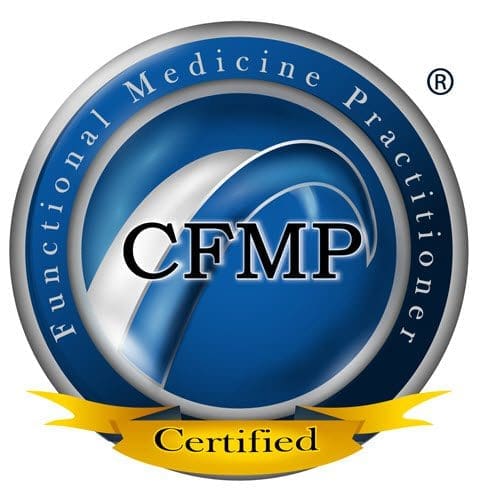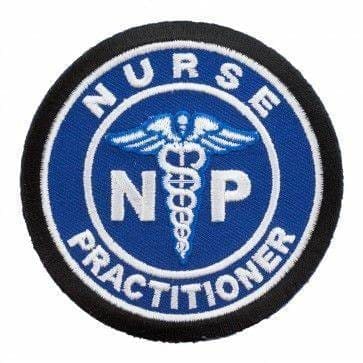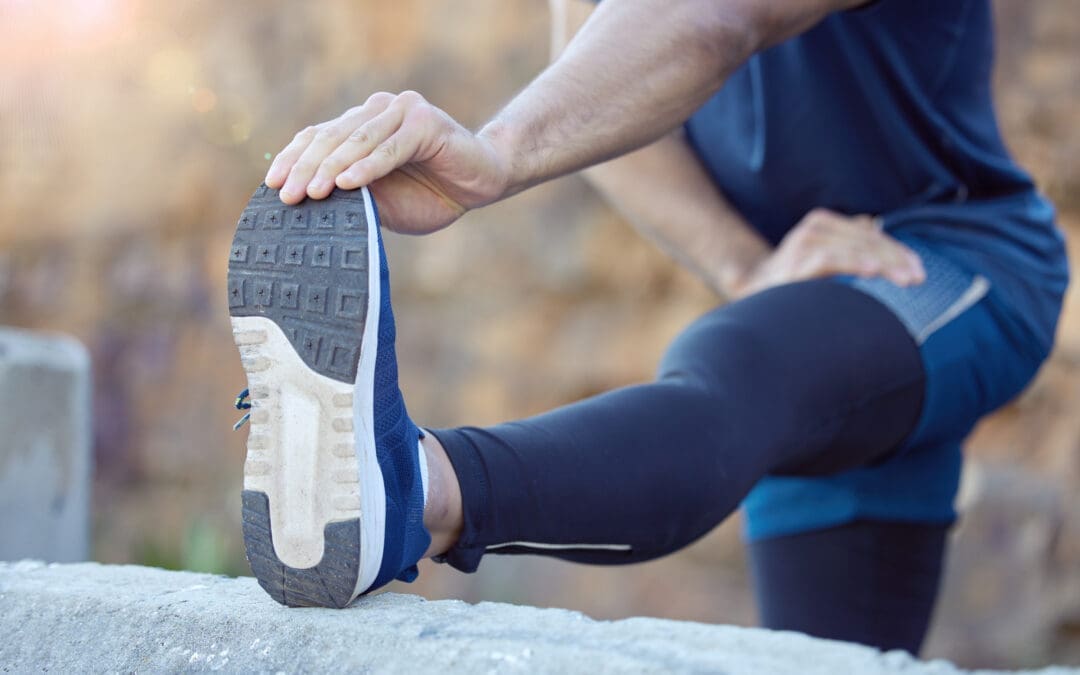
Achilles Tendon Relief from Heel Pain Using Chiropractic Care
Achieve pain relief with heel pain chiropractic care targeting Achilles tendon concerns for a better quality of life.
Understanding Achilles Tendon Heel Pain: A Comprehensive Guide to Chiropractic Care and Natural Recovery
Heel pain affecting the Achilles tendon is one of the most common complaints among active individuals, weekend warriors, and even those with sedentary lifestyles. This debilitating condition can significantly impact your quality of life, limiting your ability to walk, run, or even stand comfortably. While many people immediately think of medications or surgery as solutions, chiropractic care offers a comprehensive, non-invasive approach to addressing the root causes of Achilles tendon pain and promoting natural healing. This guide explores the anatomy, biomechanics, causes, and evidence-based treatments for Achilles tendon heel pain, with a special focus on how chiropractic care can restore function and reduce discomfort.
Understanding the Achilles Tendon: The Body’s Strongest and Most Vulnerable Tendon
The Achilles tendon holds the distinction of being both the largest and strongest tendon in the human body, yet it remains paradoxically one of the most commonly injured structures in the lower extremity. This remarkable structure connects the powerful calf muscles to the heel bone, creating a critical link in the kinetic chain that allows us to walk, run, jump, and stand on our toes.
Despite its impressive strength, the Achilles tendon is uniquely vulnerable to injury. Research shows that this tendon can bear loads up to 12 times body weight during running and up to 3,500 Newtons of force before rupture. However, a hypovascular area exists approximately 2 to 6 centimeters proximal to the calcaneal insertion, where blood supply is significantly reduced. This zone of poor vascularity makes the tendon particularly susceptible to degenerative changes and injury.
Understanding the complexity of the Achilles tendon helps us appreciate why a comprehensive, whole-body approach like chiropractic care can be so effective. Rather than simply treating the symptoms at the site of pain, chiropractors evaluate the entire musculoskeletal system to identify biomechanical imbalances that may contribute to excessive stress on the tendon.
Anatomy and Biomechanics of the Achilles Tendon: A Marvel of Engineering
Structural Composition
The Achilles tendon, also known as the calcaneal tendon or triceps surae tendon, is formed by the confluence of three muscles: the gastrocnemius (with its medial and lateral heads) and the soleus muscle. The gastrocnemius originates from the posterior aspect of the femoral condyles, while the soleus arises from the posterior surface of the fibula and medial border of the tibia. These muscles coalesce distally to form the common Achilles tendon, which inserts onto the middle portion of the posterior calcaneal surface.
Compositionally, the Achilles tendon consists of approximately 95% type I collagen fibers, which provide exceptional tensile strength and flexibility. The remaining 5% includes type III collagen, elastin (accounting for up to 2% of dry mass), proteoglycans, and glycosaminoglycans. This hierarchical structure organizes into fibrils, fibers, and fascicles bound together by small matrix molecules.
A distinctive feature of the Achilles tendon is its spiral configuration. As the tendon descends toward its insertion, the fibers rotate approximately 90 degrees, causing the medial gastrocnemius fibers to become superficial while the lateral gastrocnemius and soleus fibers become deeper. This spiraling creates an area of concentrated stress but also confers a significant mechanical advantage during propulsion activities.
The Paratenon: A Unique Protective Sheath
Unlike many tendons, the Achilles does not possess a true synovial sheath. Instead, it is surrounded by a paratenon—a thin layer of loose connective tissue that provides a significant portion of the tendon’s blood supply and allows for gliding movement of up to 2-3 centimeters. The paratenon contains elastin and extends into the tendon, binding collagen bundles together while permitting movement among them.
Blood Supply and Vulnerability
The vascular supply to the Achilles tendon comes from three sources: the musculotendinous junction, vessels in the surrounding connective tissue (primarily the paratenon), and the osteotendinous junction. The vascular territories can be classified into three regions, with the midsection supplied by the peroneal artery and the proximal and distal sections supplied by the posterior tibial artery. This arrangement leaves a relatively hypovascular area in the mid-portion of the tendon—precisely where most pathology occurs.
Biomechanical Properties
The Achilles tendon demonstrates nonlinear mechanical properties at low strains, exhibiting what is known as a “toe region” in its force-displacement curve. This nonlinearity arises from the uncrimping of collagen fibers and an associated increase in collagen alignment as load is applied. Under polarized light, tendons exhibit periodic banding due to their waveform configuration known as “crimp,” which extends hierarchically from macro- to nano-structural scales.
At higher strains, the tendon deforms linearly prior to yield and rupture. While traditionally described as viscoelastic (containing both elastic and viscous components), recent evidence in humans suggests that its elastic properties dominate. These spring-like properties allow the Achilles tendon to store and release energy efficiently during ambulation, delivering explosive propulsion while protecting soft tissues from damage.
Functions of the Achilles Tendon in the Lower Body and Extremities
Primary Function: Plantarflexion
The primary function of the Achilles tendon is to enable plantarflexion of the foot—the movement that points the toes downward and lifts the heel off the ground. This action is fundamental to virtually all lower extremity movements, including walking, running, jumping, climbing stairs, and standing on tiptoes. The gastrocnemius muscle also contributes to knee flexion, adding another dimension to lower extremity function.
Force Transmission and Lever Action
The calcaneus (heel bone) acts as a lever arm for the triceps surae muscles, and the Achilles tendon serves as the critical link that transmits force from the calf muscles to the heel bone. This arrangement allows for efficient transfer of muscular force to the foot during the propulsive phase of gait. The heel bone projects posterior to the tibia and fibula, creating a mechanical advantage that amplifies the force generated by the calf muscles.
Shock Absorption and Energy Storage
During walking, the heel can absorb approximately 110% of body weight, and during running, this increases to 200% of body weight. The Achilles tendon, in conjunction with the plantar fascia and the specialized fat pad beneath the heel, functions as part of an integrated shock absorption system. The elastic properties of the tendon allow it to store mechanical energy during the loading phase of gait and release it during toe-off, improving efficiency and reducing metabolic cost.
Role in Postural Control and Balance
Vibration studies have demonstrated that the Achilles tendon plays a crucial role in postural orientation and balance. When the tendon is vibrated without visual input, subjects experience movement backwards and the illusion of forward body tilt. This occurs because vibrations stimulate muscle spindles in the calf muscles, alerting the brain to body position and initiating compensatory movements through the central nervous system.
Integration with the Kinetic Chain
The Achilles tendon does not function in isolation but rather as an integral component of the lower extremity kinetic chain. Problems with foot alignment, ankle mobility, knee position, hip alignment, or even spinal posture can alter the biomechanical forces acting on the Achilles tendon. This interconnected system explains why chiropractors examine the entire body when evaluating Achilles tendon pain, rather than focusing solely on the local area of discomfort.
Factors Leading to the Development of Heel Pain Associated with the Achilles Tendon
Achilles tendinopathy develops through a complex interplay of intrinsic and extrinsic factors that create an imbalance between the loading demands placed on the tendon and its capacity to adapt and recover.
Intrinsic Risk Factors
- Muscle Strength and Weakness: Expert consensus identifies muscle strength, particularly plantarflexor weakness, as the primary modifiable risk factor for Achilles tendinopathy. Studies of military recruits have shown that plantarflexor strength is predictive of tendinopathy development. When the calf muscles are weak or fatigued, the Achilles tendon must bear disproportionate loads, increasing the risk of microtrauma and degeneration.
- Previous Injuries and Incomplete Rehabilitation: A history of prior Achilles tendinopathy or incomplete recovery from previous injuries significantly increases the risk of recurrent problems. Residual strength deficits, altered neuromuscular control, and persistent structural changes may explain why previous injury is such a strong risk factor.
- Age and Degenerative Changes: While age itself is not directly causal, age-related reductions in tendon vascularity, collagen quality, and muscle strength contribute to increased vulnerability. Achilles tendinopathy is most commonly seen in individuals aged 30-50 years, with middle-aged recreational athletes being particularly susceptible.
- Anatomical Factors: Foot structure and alignment play crucial roles in tendinopathy development. Excessive pronation (rolling inward of the foot), high arches (pes cavus), flat feet (pes planus), limited ankle dorsiflexion, varus alignment with functional hyperpronation, leg length discrepancies, and excessive tibial torsion can all alter the distribution of forces through the Achilles tendon.
- Systemic Conditions: Metabolic and systemic diseases can affect tendon health and increase vulnerability to injury. These include diabetes mellitus, thyroid and parathyroid disorders, gout, collagen deficiencies, hypercholesterolemia, and autoimmune conditions. Blood group O has also been associated with increased incidence of Achilles tendinopathy and rupture.
- Genetic Factors: Family history appears to be a risk factor, with individuals who have a positive family history of Achilles tendinopathy having a five-fold greater risk for such injuries. Genetic factors may influence collagen structure, muscle fiber composition, and tendon morphology.
Extrinsic Risk Factors
- Training Errors and Load Management: Changes in loading patterns represent the most consistently ranked extrinsic risk factor for Achilles tendinopathy. Sudden increases in training volume or intensity, particularly after layoffs or recovery periods, create a mismatch between tendon capacity and demands. Other problematic training errors include changes in training type (such as adding hill work), alterations in training due to events or competitions, excessive training intensity, inadequate recovery between sessions, and abrupt increases in weekly distance.
- Overuse and Insufficient Recovery: The concept of “training errors” encompasses insufficient recovery periods between bouts of activity. Studies have shown that muscle weakness and fatigue may persist for up to 47 days after a single exercise session, even when individuals report feeling “recovered”. Continuing to train despite ongoing neuromuscular deficits inadvertently increases tendinopathy risk.
- Footwear Issues: Improper footwear can contribute to Achilles problems through inadequate support, insufficient cushioning, worn-out shoes, heel counter pressure against the posterior heel, and inappropriate shoes for specific activities. For cyclists, low saddle height resulting in excessive ankle dorsiflexion during pedaling may be a causative factor.
- Training Surface: Hard or uneven training surfaces can increase impact forces and alter biomechanics, contributing to overload of the Achilles tendon. Sudden changes in training surface (such as moving from a treadmill to outdoor pavement) can precipitate symptoms.
- Medications: Certain medications, particularly fluoroquinolone antibiotics, corticosteroids, and anabolic steroids, have been associated with increased risk of Achilles tendinopathy and rupture. These medications may affect collagen synthesis, reduce tendon strength, or impair healing processes.
Pathophysiology: From Overload to Degeneration
The pathological process in Achilles tendinopathy represents failed healing or degenerative changes resulting from continuous overloading. Contrary to traditional understanding, chronic Achilles tendinopathy is not primarily an inflammatory condition (despite the term “tendinitis” suggesting inflammation). Histological examination reveals degenerative changes including collagen disorganization, increased type III collagen production, proteoglycan accumulation, neovascularization (new blood vessel formation), and nerve ingrowth.
The repetitive microtrauma hypothesis suggests that excessive stretching and loading create microscopic tears in the collagen matrix. When recovery time is insufficient, these microtears accumulate, overwhelming the tendon’s repair mechanisms. The resulting degenerative process involves tenocyte death, collagen fiber disruption, and areas filled with vessels and nerves that may contribute to pain.
How Heel Pain Can Mimic Sciatica Pain: Understanding Referred Pain Patterns
One of the most clinically challenging aspects of heel pain is its potential to mimic or coexist with sciatica, creating diagnostic complexity and potentially delaying appropriate treatment.
The Sciatic Nerve and Referred Pain
The sciatic nerve is the largest nerve in the human body, originating from the L4-S3 nerve roots in the lower spine and traveling through the buttocks and down the leg to the foot. When this nerve becomes compressed or irritated—a condition known as sciatica—it can produce pain, tingling, numbness, and weakness that radiates along its entire pathway.
Critically, sciatica can cause referred pain in the heel through several mechanisms. The L5-S1 nerve root provides segmental innervation to the posterior thigh, gluteal muscles, and the anterior, posterior, and lateral leg muscles, as well as sensory innervation to the heel. Compression or irritation of this nerve root can produce heel pain that patients may attribute to a local foot problem rather than a spinal origin.
Distinguishing Features
Understanding the differences between true Achilles tendinopathy and sciatica-related heel pain is essential for appropriate treatment:
Achilles Tendinopathy Characteristics:
-
Pain localized to the posterior heel and along the tendon
-
Tenderness to palpation of the Achilles tendon
-
Morning stiffness that improves with initial movement but may worsen with continued activity
-
Pain worsens with activities that load the tendon (walking, running, jumping)
-
No radiating pain up the leg
-
No neurological symptoms such as numbness or tingling
Sciatica-Related Heel Pain Characteristics:
-
Pain radiating from the lower back through the buttocks and down the leg to the heel
-
Numbness, tingling, or burning sensations in the leg or foot
-
Weakness in the leg or foot muscles
-
Pain may worsen with prolonged sitting, standing, or certain movements
-
Possible positive findings on nerve tension tests (straight leg raise)
-
Possible altered reflexes, particularly the ankle reflex
Chiropractic Care for Leg Instability- Video
The Double-Crush Phenomenon
Clinicians must also be aware of the “double-crush syndrome,” in which concomitant proximal and distal nerve entrapments occur simultaneously. A patient could have both lumbar radiculopathy causing sciatic symptoms and local nerve compression in the foot (such as tarsal tunnel syndrome), creating complex and overlapping pain patterns.
Clinical Implications for Chiropractic Care
The potential for sciatica to cause or contribute to heel pain underscores the importance of comprehensive evaluation by healthcare providers trained in whole-body assessment. Chiropractors are uniquely positioned to evaluate both spinal and peripheral sources of heel pain, ensuring that treatment addresses all contributing factors rather than focusing exclusively on local symptoms.
Clinical Rationale: Why Chiropractic Care Can Help Reduce Heel Pain in the Achilles Tendon
Chiropractic care offers a comprehensive, evidence-informed approach to managing Achilles tendon heel pain that addresses both local tissue dysfunction and systemic biomechanical imbalances.
Addressing Biomechanical Dysfunction in the Kinetic Chain
A fundamental principle of chiropractic philosophy is that the body functions as an integrated kinetic chain, where dysfunction in one area creates compensatory stress in others. The feet serve as the foundation for the entire skeletal system, and problems with foot alignment can cause cascading effects upward through the ankles, knees, hips, and spine.
Research confirms this interconnected relationship. Excessive pronation causes the arches to flatten and ankles to roll inward, forcing internal leg rotation, pelvic tilt, and lower back stress. Conversely, spinal misalignments, pelvic imbalances, or hip dysfunction can alter gait patterns and weight distribution, placing abnormal stress on the Achilles tendon.
Chiropractic adjustments to the spine, pelvis, hips, knees, ankles, and feet help restore proper alignment throughout the kinetic chain. By correcting misalignments (subluxations) in these areas, chiropractors reduce compensatory strain on the Achilles tendon and surrounding structures.
Improving Joint Mobility and Function
Limited ankle dorsiflexion and restricted foot and ankle joint mobility are established risk factors for Achilles tendinopathy. Chiropractic adjustments specifically directed at the foot and ankle can improve joint mobility, decrease pain, and enhance function.
A case series published in the Journal of Physical Therapy Science demonstrated that the addition of joint mobilization and manipulation to eccentric exercise programs produced immediate within-session improvements in pain, heel raise repetitions, and pressure pain thresholds in runners with chronic Achilles tendinopathy. At discharge and nine-month follow-up, patients showed improvements in self-reported function, pain levels, joint mobility, ankle motion, and single-leg heel raises.
The mechanisms underlying these improvements include decreased nociceptive reflex excitability, enhanced conditioned pain modulation, reduction of bilateral hyperalgesia following unilateral joint mobilization, and improved biomechanical function through restored joint alignment.
Enhancing Blood Flow and Tissue Healing
The Achilles tendon receives relatively poor blood supply, particularly in the vulnerable mid-portion region. Chiropractic care can assist in recovery from tendon injuries by improving circulation to the area. Manual techniques, including soft tissue mobilization and specific adjustments, may stimulate local blood flow, enhancing nutrient delivery and waste removal from the healing tendon.
Research on manual therapy for tendinopathy suggests that soft tissue and joint-directed techniques can decrease pain, improve mobility, and enhance muscle performance—all relevant for persons with Achilles tendinopathy. While manual therapy effects are typically short-lived, when performed prior to exercise and reinforced with subsequent activities, it can reduce pain sensitivity and increase range of motion, allowing individuals to participate more actively in tendon loading progressions.
Reducing Compensatory Muscle Tension
Muscle imbalances and excessive tension in the calf muscles (gastrocnemius and soleus) contribute to increased stress on the Achilles tendon. Chiropractors employ various soft tissue techniques, including myofascial release, trigger point therapy, instrument-assisted soft tissue mobilization (IASTM), and massage therapy to release tension in the calf muscles, plantar fascia, and surrounding structures.
These techniques not only provide pain relief but also improve tissue extensibility and flexibility, allowing for more normal tendon loading during movement. By addressing muscle dysfunction both locally and remotely (including muscles of the hip and trunk), chiropractors help reduce the overall stress on the Achilles tendon.
Neurological Effects and Pain Modulation
Chiropractic adjustments and manual therapy techniques produce neurophysiological effects that extend beyond simple mechanical realignment. Research demonstrates that spinal and extremity manipulation can increase stimulability of alpha motor neurons, enhance activity in corticospinal pathways, alter sensorimotor cortex activity, and modulate pain processing through effects on the central nervous system.
Joint mobilization has been associated with reduced sensitivity to pain, improved pain tolerance, and enhanced endogenous pain inhibition mechanisms. These neurological effects complement the biomechanical benefits of chiropractic care, providing multi-level pain relief for patients with Achilles tendinopathy.
Evidence Supporting Chiropractic Management
Multiple studies and case reports support the effectiveness of chiropractic care for Achilles tendinopathy:
-
A 2012 case study published in the Journal of Canadian Chiropractic Association reported successful management of midportion Achilles tendinopathy using chiropractic interventions, with rapid cessation of pain.
-
Research comparing chiropractic adjustments with daily stretching to custom orthotics alone found significant improvements in both groups, with the chiropractic care group showing advantages in pain ratings at the 15-day mark.
-
Case series combining manual therapy with eccentric exercise have demonstrated superior outcomes compared to exercise alone, particularly in the first four weeks of treatment.
Dr. Alexander Jimenez’s Clinical Approach: Integrating Advanced Diagnostics with Dual-Scope Care
Dr. Alexander Jimenez, DC, APRN, FNP-BC, CFMP, IFMCP, brings a unique dual-licensed perspective to the treatment of Achilles tendon heel pain and lower extremity injuries. As both a licensed chiropractor and a board-certified Family Practice Nurse Practitioner, Dr. Jimenez combines the biomechanical expertise of chiropractic care with advanced diagnostic capabilities and medical management.
Comprehensive Patient Evaluation
Dr. Jimenez’s approach begins with thorough patient assessment that examines not only the local site of pain but the entire musculoskeletal and neuromuscular system. His evaluation protocols include detailed medical history taking, comprehensive physical examination of the spine, pelvis, lower extremities, and feet, gait analysis to identify biomechanical abnormalities, orthopedic and neurological testing, and assessment of functional movement patterns.
This comprehensive evaluation allows Dr. Jimenez to identify all contributing factors to a patient’s heel pain, including spinal misalignments affecting the kinetic chain, muscle imbalances and weakness, joint restrictions in the foot and ankle, faulty foot mechanics (pronation/supination), and potential systemic factors influencing tissue health.
Advanced Imaging and Diagnostic Evaluation
One of Dr. Jimenez’s distinguishing characteristics is his ability to integrate advanced imaging and diagnostic evaluations into treatment planning. His dual licensure enables him to order and interpret diagnostic studies including musculoskeletal ultrasound for visualizing tendon structure and pathology, magnetic resonance imaging (MRI) to assess tendon integrity, inflammation, and surrounding structures, X-rays to evaluate bone alignment and rule out fractures or bone spurs, and specialized laboratory testing when systemic conditions are suspected.
This diagnostic capability ensures accurate diagnosis and allows for monitoring of treatment progress and tissue healing. Dr. Jimenez can differentiate between insertional and non-insertional Achilles tendinopathy, identify concurrent pathologies such as retrocalcaneal bursitis or Haglund’s deformity, assess the degree of tendon degeneration or partial tearing, and rule out other causes of heel pain that may require different treatment approaches.
Integrative Treatment Protocols
Dr. Jimenez’s treatment philosophy emphasizes integrative, patient-centered care that combines the best of chiropractic medicine, functional medicine, and evidence-based rehabilitation. His protocols for Achilles tendon heel pain typically include chiropractic adjustments to the spine, pelvis, and lower extremity joints to restore proper biomechanics, extremity-specific adjustments targeting the foot and ankle, soft tissue therapies including myofascial release and instrument-assisted techniques, customized rehabilitation exercises with progressive loading, functional medicine interventions addressing nutrition, inflammation, and tissue healing, and patient education on activity modification and injury prevention.
Dr. Jimenez recognizes that successful outcomes require addressing not just the symptoms but the underlying causes of tendon pathology. His functional medicine training allows him to consider factors such as nutritional deficiencies affecting collagen synthesis, metabolic conditions influencing tissue healing, inflammatory status and oxidative stress, hormonal imbalances that may affect musculoskeletal health, and lifestyle factors contributing to injury risk.
Collaborative Care Model
When necessary, Dr. Jimenez collaborates with orthopedic surgeons, physical therapists, podiatrists, and other specialists to ensure patients receive comprehensive care. If he determines that a patient would benefit from interventions outside his scope of practice, such as advanced imaging procedures, specialized injections, or surgical consultation, he refers to the appropriate providers while continuing to support the patient’s overall recovery.
This collaborative approach ensures that patients receive the most appropriate care for their specific condition while benefiting from Dr. Jimenez’s unique ability to bridge conventional medical evaluation with chiropractic and functional medicine interventions.
Different Nonsurgical Treatments for Heel Pain in the Lower Extremities
Effective management of Achilles tendon heel pain typically requires a multimodal approach combining various evidence-based interventions.
Eccentric Exercise Programs
Eccentric exercise has the highest level of evidence supporting its ability to reduce Achilles tendinopathy pain (Grade A recommendation). The most well-known protocol is the Alfredson protocol, which consists of a 12-week program where patients perform eccentric heel-drop exercises—three sets of 15 repetitions, twice daily, seven days a week.
The exercises are performed in two variations: with the knee straight (emphasizing the gastrocnemius muscle) and with the knee bent (emphasizing the soleus muscle). Patients start in a raised heel position, slowly lower the heel below the level of the step over three seconds (eccentric phase), then use the opposite leg to return to the starting position.
For insertional Achilles tendinopathy, the protocol is modified to reduce ankle dorsiflexion range of motion, avoiding compression of soft tissues at the tendon insertion. This modification has been shown to decrease pain from baseline to follow-up, with 67% of patients able to resume pre-injury activity levels.
Acupuncture for Achilles Tendinopathy
Acupuncture offers a holistic approach to treating Achilles tendinopathy by addressing both pain and underlying inflammation. A 2013 randomized controlled trial found that acupuncture intervention significantly improved pain and activity in patients with chronic Achilles tendinopathy compared to eccentric exercises alone.
In this study, the mean VISA-A score improved to 67.1 points in the acupuncture group versus 48.5 points in the control group after eight weeks—an 18.6-point advantage for acupuncture. Pain scores diminished by 3.7 cm after activity and 3.2 cm at rest in the acupuncture group, significantly more than the control group.
Mechanisms of Acupuncture for Tendinopathy:
-
Stimulates the body’s natural anti-inflammatory response, reducing pain and swelling
-
Enhances blood circulation to the Achilles tendon, promoting faster healing and recovery
-
Releases endorphins and neurochemicals that provide pain relief
-
Deactivates myofascial trigger points in the calf muscles contributing to tendon stress
-
Addresses underlying energy imbalances according to traditional Chinese medicine principles
Electroacupuncture, which adds electrical stimulation to traditional needle placement, has shown particular promise. A case series reported successful treatment using direct tendon needle insertion with electrostimulation at specific acupuncture points, resulting in symptomatic reduction and functional improvement.
Rest, Ice, Compression, and Elevation (RICE)
The RICE protocol remains a foundational component of acute Achilles tendon injury management. Rest or immobilization allows the tendon time to heal without continued mechanical stress. Doctors may recommend walking boots to keep the foot immobile for two to three weeks after an Achilles tendinitis diagnosis.
Ice application 2-3 times daily for 5-10 minutes helps alleviate pain and swelling. Compression with flexible bandaging during the first few days after injury reduces swelling. Elevation of the foot three times daily for 15 minutes also helps manage inflammation.
Extracorporeal Shock Wave Therapy (ESWT)
When exercise programs are unsuccessful, extracorporeal shock wave therapy appears to be the next best non-operative treatment option to reduce Achilles tendinopathy pain (Grade B recommendation). ESWT uses acoustic waves to stimulate healing processes in tendon tissue.
A randomized controlled trial by Rompe and colleagues found that ESWT was more effective at reducing pain than full-range eccentric exercise in patients who had not responded to other conservative treatments. The ESWT group experienced pain reduction from 7.0 to 3.0, while the eccentric exercise group improved from 6.8 to 5.0. Multiple clinical trials have demonstrated 2-point or greater decreases in pain with ESWT.
Physical Therapy and Manual Therapy
Physical therapy combines therapeutic exercise, manual techniques, and modalities to address Achilles tendinopathy comprehensively. Manual therapy techniques include joint mobilization to improve ankle and foot mobility, soft tissue mobilization targeting the calf muscles and surrounding tissues, trigger point release for myofascial dysfunction, nerve mobilization when neural tension is present, and massage therapy to improve circulation and reduce muscle tension.
Research demonstrates that adding manual therapy to eccentric exercise protocols can enhance rehabilitation outcomes, particularly in the first four weeks of treatment when manual therapy accelerates recovery compared to exercise alone.
Orthotic Interventions
Custom foot orthoses help correct biomechanical abnormalities contributing to Achilles stress. These devices support proper arch height, correct pronation or supination issues, balance leg length discrepancies, redistribute pressure across the foot, and improve overall foot alignment.
Heel lifts can temporarily reduce strain on the Achilles tendon by decreasing ankle dorsiflexion during walking and standing. While heel lifts do not address underlying pathology, they can provide symptomatic relief during the healing phase.
Nutritional Interventions
Emerging research supports nutritional supplementation to enhance tendon healing. Vitamin C plays a crucial role in collagen synthesis, and supplementation (particularly when combined with gelatin or hydrolysed collagen) may accelerate tendon recovery.
Studies suggest that 15 grams of gelatin containing 225mg of vitamin C taken one hour before resistance training increases collagen synthesis twofold. Vitamin C supplementation aids tendon healing through antioxidant activity, promotion of type I collagen fiber production, and reduction of oxidative stress parameters.
Various Stretches and Exercises to Stretch and Strengthen the Achilles Tendon
A comprehensive exercise program for Achilles tendinopathy should include eccentric strengthening, progressive loading, flexibility work, and neuromuscular training.
The Alfredson Eccentric Protocol
- Exercise 1: Straight-Knee Heel Drops
Stand on the edge of a step on the affected leg, with the heel hanging over the edge. Rise up on the toes using both legs for assistance. Slowly lower the affected heel below the level of the step over 3 seconds (eccentric phase only). Use the unaffected leg to return to the starting position. Perform 3 sets of 15 repetitions, twice daily. - Exercise 2: Bent-Knee Heel Drops
Perform the same movement as above, but with the knee slightly bent (approximately 15-20 degrees). This variation emphasizes the soleus muscle. Slowly lower the heel below step level over 3 seconds. Return to starting position using the opposite leg. Perform 3 sets of 15 repetitions, twice daily. - Progression: As pain decreases and strength improves, add weight using a backpack or weighted vest to increase the load on the tendon. The exercises should be performed “into pain”—meaning some discomfort is acceptable and even desirable, as it indicates appropriate tendon loading.
Calf Stretching Exercises
- Gastrocnemius Stretch: Stand facing a wall with the affected leg straight behind you and the unaffected leg bent in front. Keep the heel of the back leg on the ground and lean forward until a stretch is felt in the upper calf. Hold for 20-30 seconds, repeat 3 times, perform 3 times daily.
- Soleus Stretch: Similar to the gastrocnemius stretch, but bend the knee of the back leg while keeping the heel on the ground. This targets the deeper soleus muscle. Hold for 20-30 seconds, repeat 3 times, perform 3 times daily.
- Plantar Fascia Stretch: Sit with the affected leg crossed over the opposite knee. Pull the toes back toward the shin until a stretch is felt along the bottom of the foot and heel. Hold for 20-30 seconds, repeat 3 times, perform 3 times daily.
Progressive Strengthening Exercises
- Double-Leg Heel Raises: Stand on a flat surface with feet hip-width apart. Rise up on both toes as high as possible. Lower back down with control. Perform 3 sets of 15-20 repetitions once daily.
- Single-Leg Heel Raises (on flat surface): Progress to performing heel raises on the affected leg only when double-leg raises can be performed pain-free. Rise up on one toe as high as possible. Lower with control. Perform 3 sets of 10-15 repetitions once daily.
- Calf Raises with Weight: Add progressive resistance using a backpack, weighted vest, or holding dumbbells to increase load through the Achilles tendon. Perform 3 sets of 8-12 repetitions 2-3 times per week.
Balance and Proprioception Training
- Single-Leg Balance: Stand on the affected leg with eyes open for 30-60 seconds. Progress to eyes closed when able. Perform 3 sets once daily.
- Wobble Board Training: Stand on an unstable surface (wobble board or balance pad) on the affected leg. Maintain balance for 30-60 seconds. Perform 3 sets once daily.
Return-to-Activity Progressions
Gradual return to running and jumping activities should follow a structured progression based on symptom response and functional testing:
Phase 1: Walking program—begin with 20 minutes daily, gradually increasing duration and pace.
Phase 2: Walk-jog intervals—alternate walking and light jogging, progressively increasing jogging duration.
Phase 3: Continuous jogging—transition to sustained jogging at comfortable pace.
Phase 4: Running with progressive intensity increases—gradually increase speed and distance.
Phase 5: Sport-specific training—incorporate movements specific to the athlete’s sport.
Throughout all phases, monitoring pain response is critical. The pain-monitoring model suggests that some discomfort during activity (rated 3-5 out of 10) is acceptable if pain returns to baseline within 24 hours and does not progressively worsen session to session.
Conclusion and Important Disclaimer
Achilles tendon heel pain represents a complex condition influenced by anatomical vulnerability, biomechanical dysfunction, training errors, and systemic factors. Understanding the intricate anatomy and biomechanics of this remarkable tendon helps us appreciate why comprehensive, whole-body approaches like chiropractic care can be so effective in promoting healing and preventing recurrence.
Chiropractic care addresses Achilles tendinopathy through multiple mechanisms: restoring proper alignment throughout the kinetic chain, improving joint mobility in the foot and ankle complex, enhancing blood flow to the relatively hypovascular tendon, reducing compensatory muscle tension and imbalances, and modulating pain through neurophysiological effects. When combined with evidence-based interventions such as eccentric exercise programs, acupuncture, appropriate rest and activity modification, progressive strengthening and stretching, nutritional support for tissue healing, and patient education, chiropractic care offers a comprehensive, non-invasive pathway to recovery.
The clinical insights from practitioners like Dr. Alexander Jimenez, DC, APRN, FNP-BC, CFMP, IFMCP, demonstrate the value of integrating advanced diagnostics with chiropractic and functional medicine approaches. His dual-scope practice allows for comprehensive evaluation of patient injuries, correlation with advanced imaging findings, and development of individualized treatment protocols that address both local tissue pathology and systemic contributing factors.
Serious Note and Medical Disclaimer
IMPORTANT: This article is intended for informational and educational purposes only and should be taken seriously as part of your health education. The information provided is not a substitute for professional medical advice, diagnosis, or treatment. You should NEVER disregard professional medical advice or delay seeking medical care because of information you have read in this article. Always consult with a qualified healthcare provider, such as a physician, chiropractor, or physical therapist, before beginning any new treatment program, exercise regimen, or making changes to your existing healthcare routine. If you are experiencing severe or worsening heel pain, sudden inability to bear weight, signs of tendon rupture (sudden “pop” with immediate severe pain and weakness), or symptoms that have not improved with conservative care, seek immediate medical evaluation. The exercises and treatments discussed in this article should only be performed under the guidance of a qualified healthcare professional who can assess your individual condition and provide personalized recommendations. Improper performance of exercises or inappropriate treatment can potentially worsen your condition or cause new injuries. Individual results may vary significantly based on the specific nature and severity of your condition, your overall health status, adherence to treatment recommendations, and other factors. No guarantees of specific outcomes can be made. The references to Dr. Alexander Jimenez and his clinical approach are provided for informational purposes to illustrate integrative treatment philosophies. They do not constitute an endorsement or recommendation of any specific provider. You should make your own informed healthcare decisions in consultation with providers you have selected. Please take this disclaimer seriously and prioritize your health by working with qualified healthcare professionals for the diagnosis and treatment of any musculoskeletal condition.
References
- American Academy of Family Physicians. (2018). Heel pain: Diagnosis and management. American Family Physician, 97(2), 86-93. https://pubmed.ncbi.nlm.nih.gov/29365222/
- American Academy of Family Physicians. (1999). Plantar fasciitis and other causes of heel pain. American Family Physician. https://www.aafp.org/pubs/afp/issues/1999/0415/p2200.html
- Chimenti, R. L., & Dilger, C. P. (2019). Nonsurgical treatment options for insertional Achilles tendinopathy. Foot and Ankle Clinics, 24(3), 505-513. https://pmc.ncbi.nlm.nih.gov/articles/PMC7216975/
- Dilger, C. P., & Chimenti, R. L. (2022). Successful treatment of Achilles tendinopathy with electroacupuncture: Two cases. Medical Acupuncture, 29(3). https://pmc.ncbi.nlm.nih.gov/articles/PMC5512315/
- Dimou, E. S., Brantingham, J. W., & Wood, T. (2004). Conservative therapy for plantar fasciitis: A narrative review of randomized controlled trials. Journal of Canadian Chiropractic Association, 49(4). https://pmc.ncbi.nlm.nih.gov/articles/PMC1839987/
- Doral, M. N., et al. (2010). Functional anatomy of the Achilles tendon. Knee Surgery, Sports Traumatology, Arthroscopy, 18(5), 638-643. https://pubmed.ncbi.nlm.nih.gov/20182867/
- Jimenez, A. (2024). El Paso, TX, doctor of chiropractic. Injury Medical & Chiropractic Clinic. https://dralexjimenez.com
- Kjaer, M. (2004). Role of mechanical loading in tendon development, maintenance, and repair. Journal of Orthopaedic Research. https://pmc.ncbi.nlm.nih.gov/articles/PMC3748997/
- Martin, R. L., et al. (2021). Management of plantar heel pain: A best practice guide. British Journal of Sports Medicine, 55(19), 1106-1118. https://pubmed.ncbi.nlm.nih.gov/33785535/
- Munteanu, S. E., & Barton, C. J. (2011). Lower limb biomechanics during running in individuals with Achilles tendinopathy. Gait & Posture. https://pmc.ncbi.nlm.nih.gov/articles/PMC5430449/
- Pearson, S. J., et al. (2013). Acupuncture for chronic Achilles tendinopathy: A randomized controlled study. Acupuncture in Medicine, 31(1), 142-146. https://pubmed.ncbi.nlm.nih.gov/23263998/
- Reinking, M. F., et al. (2015). A Delphi study of risk factors for Achilles tendinopathy. International Journal of Sports Physical Therapy, 10(6). https://pmc.ncbi.nlm.nih.gov/articles/PMC5046962/
- Silbernagel, K. G., et al. (2015). A proposed return-to-sport program for patients with midportion Achilles tendinopathy. Journal of Orthopaedic & Sports Physical Therapy, 45(11). https://www.jospt.org/doi/10.2519/jospt.2015.5885
- StatPearls. (2024). Achilles tendinopathy. StatPearls Publishing. https://www.ncbi.nlm.nih.gov/books/NBK538149/
- Wearing, S. C., et al. (2006). The pathomechanics of plantar fasciitis. Sports Medicine, 36(7), 585-611. https://pubmed.ncbi.nlm.nih.gov/16796396/
- Zhang, Z., et al. (2022). Effect of vitamin C on tendinopathy recovery: A scoping review. Nutrients, 14(13), 2663. https://pmc.ncbi.nlm.nih.gov/articles/PMC9267994/

